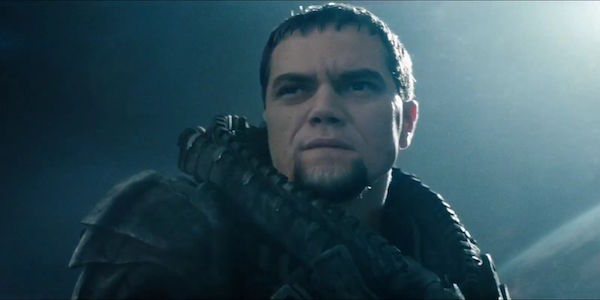Hyperman's first appearance in panel in Hero of the Confederacy #1
Hyperman
(I couldn't sleep, so I wrote Tl-191 General Zod instead)
Me and
@Joshua Ben Ari talked about this, and I while I really enjoy this, we came up with this.
I think that the court case deciding Hyperman has to always be a villain might be a bit much, but I do like the idea of US comic-book publishers taking Confederate superheroes and re-imagining them (or repurposing them as antiheroes) after the Dissolution.
Like they might have been able to use Hyperman as the result of a HYDRA-like Confederate "mad scientist" division at countering the United States, a clone gone mad with power. So you have Superman dealing with his mad clone, the idea of nature vs. nurture, the idea of evil, and even what it means to be a superhero. Rather than a court case. It just bothers me.
i'd totally forgotten about this

there's lots of alternate turns from OTL such as whole films that were scrapped, (it was once possible that a Snow Queen adaptation could've been the first feature-length animated film instead of Snow White, for example) but i can't recall most of them off the top of my head so i'll give a rundown on some probable changes just to the OTL films to start us off:
at this point, as i was going through the list, i found myself doubting more and more that there would probably be any significant changes to any of the OTL films at this point, so i'm just gonna clip the rest of the list
Me and Joshua also talked about this.
Snow White and the Seven Dwarfs: No real differences.
Pinocchio: The rest of the world is more, or less the same till at least the Second Mexican War, the end of slavery in the South, and the Union-German Friendship. (And Butterfly Net.) Carlo Collodi was already writing stuff in the 1850s, some French Fairly Tales so well he won't be affected so much and does his thing. Some butterflies but nothing that would make it so unrecognizable that people from our TL wouldn't recognize it
Fantasia: Same.
Dumbo: The crows are more Southern city-folk, obvious that they're supposed to be derided.
Saludos Amigos/ Three Caballeros: Might see an all-Haitian version.
Adventures of Ichabod and Mr. Toad: You might see some positive German characters, but the story might be largely the same. Like, 98% the same.
Cinderella: I can see that, more obviously German.
Alice in Wonderland: Butterfly Net, and the basis of the story is safe from the POD in America. This one is going to stay the same.
Sleeping Beauty: Tchaikovsky is safe since I doubt the War of Secession would affect him in Russia. This one would also honesty be the same as well.
Sword in the Stone: Not going to happen, at least not in America. The Americans won't celebrate King Arthur, who is steeped in British mythos. The UK would likely make it themselves.
The Aristocats: It was one of my first Disney movies, so the idea of it TTL set in Dresden is fantastic.
Robin Hood: Again Robin Hood is steeped in British culture, so it won't happen. Or if it does, more obviously anti-British (Robin Hood is American, King John is British, framed as part of the American struggle for freedom. Maybe during the American Revolution?)
Beauty and the Beast: Make it set in Quebec, and you avoid the whole issue.

